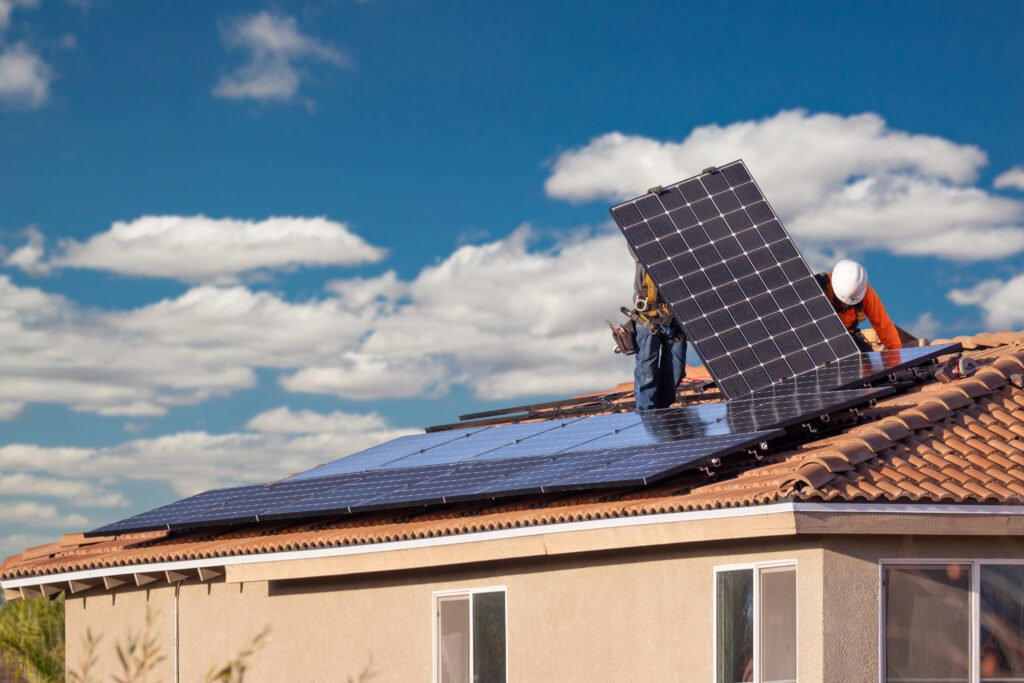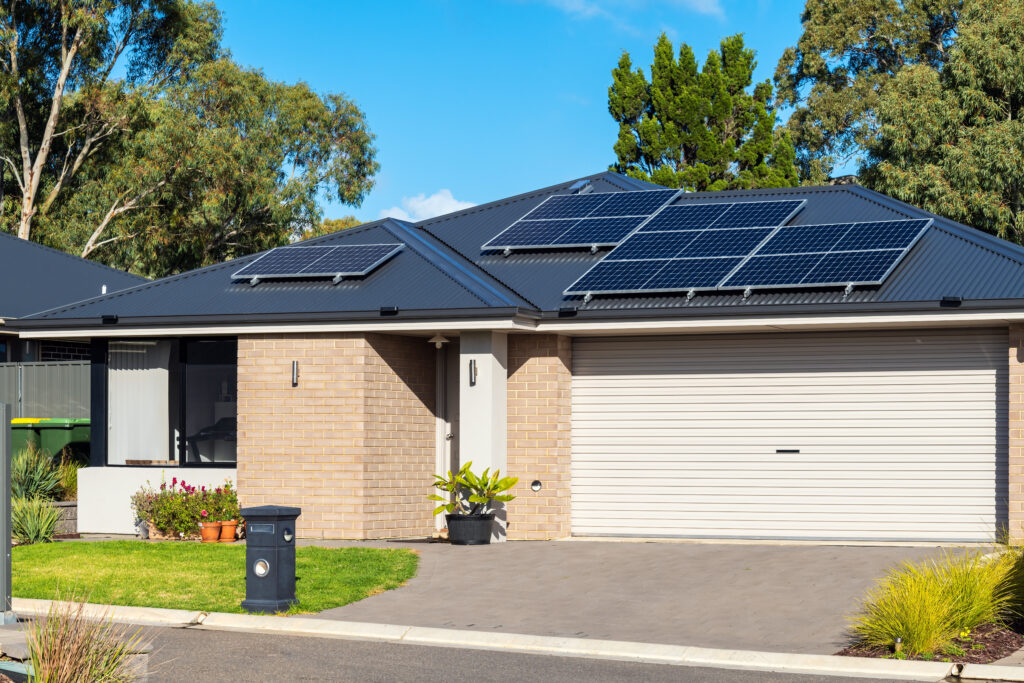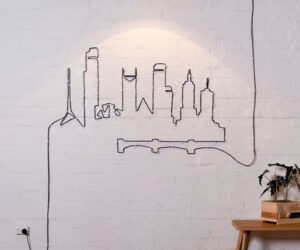Many homeowners are investing in solar power systems. Throughout the years, several improvements in solar power technology resulted in lower costs on equipment and installation, making it readily accessible for homeowners.
Solar panels allow you to produce electricity for your home without undesirable environmental effects. When you have solar panels, it serves as an energy-saving solution that significantly lowers both your utility bill and carbon footprint.
The installation is a simple process, and although the one-time installation price might be high for some, you’ll enjoy several benefits in the long run. Some homeowners no longer depend on utility providers since they generate their energy with the help of solar panels. If you want to learn about home solar panels maintenance and installation, working with a reputable solar energy company is a good starting point.

If you want to save on your monthly utility bill or completely go off the grid, there are several considerations to think about. Here are several crucial things you should know before installing solar panels on your home.
1. Age Of Your Roof
Before installing solar panels, you should determine the age of your roof and if it’s in good shape. A reputable solar panel provider should perform an inspection of your roof before the installation starts. The professional will check for any underlying problems or damage that can make the installation risky or impossible during the examination.
Additionally, the roof material will also undergo inspection for signs of deterioration and the integrity of the support structure underneath. If your roof is structurally sound and can accommodate the weight of the panels, the installation of the solar panels will proceed.
Sadly, if your roof has underlying issues or cannot support the weight of the panels, you need to think of other options. In some cases, a roofing professional can carry out repairs and fortify the roof or replace it with a new one.
2. Available Space
The available surface area of your roof mainly determines the number of panels you can install. When you have a small roof or only receive direct sunlight on a small space, you’ll only have a few solar panels.
If you’re uncertain about the number of solar panels your home can support, set an appointment with a professional to provide you with an estimate and suggest the ideal solution for your home.
3. Consumption Of Electricity
Go over your utility bills over the last few months and check your average consumption. Most homeowners would want to generate solar energy to cover the energy use. Nevertheless, doing so might not be a cost-effective approach.
Remember that installing solar panels on your roof will help lessen the dependence of your home on the electrical grid. After installing panels, you can save money on your monthly utility bills, even if you only have one or two panels.
If you have limited space, consult a solar company and decide on the amount of energy consumption you want to cut down. A professional will help you determine the number of panels and the type of energy storage systems to achieve your goal.
4. Direction Of The Sunlight
Solar panels function optimally if under direct sunlight. Regular exposure allows the panels to generate the maximum amount of energy. One way to check where the sun strikes the roof most throughout the day is to go outside. Observe and note where the sun strikes during the late morning. If you find a suitable area, note it down and consider installing the panels in that location.
Remember that direct sun exposure doesn’t have to last all day long. The majority of panels in the market can continue to generate electricity even under low light conditions.

5. Maintenance
One of the advantages of a solar panel as a power source is being low maintenance. You may only need to brush or wipe any dust or debris off once the panels appear dirty.
Solar power systems are highly dependable, so you’ll have peace of mind that you have an energy source you can count on. Make sure your solar panels are functional at all times with regular monitoring.
6. Yard Clearing
If there are low-hanging tree branches on your property, especially those near the wall, you need to remove them if you’re planning to install solar panels.
It might be time for a trimming job when you have trees close to your home or those that cover a large section of the roof with shade. Doing so will significantly improve the amount of direct sunlight that strikes the roof throughout the day.
An essential consideration to remember is that your cooling costs are likely to rise during the summer, especially if you increase the amount of sun exposure your roof receives. With this in mind, it might be best to adjust the size of your solar panel arrangement to compensate for the increasing electricity use.
Final Thoughts
The installation of solar panels on your home is an energy-saving solution worth considering. Although the installation process seems simple, there are several crucial things you need to know before to ensure the best outcome. If you want to reduce your monthly utility bills, be off the grid, and keep your home functional even during power outages, the installation of solar panels may be a good investment.



